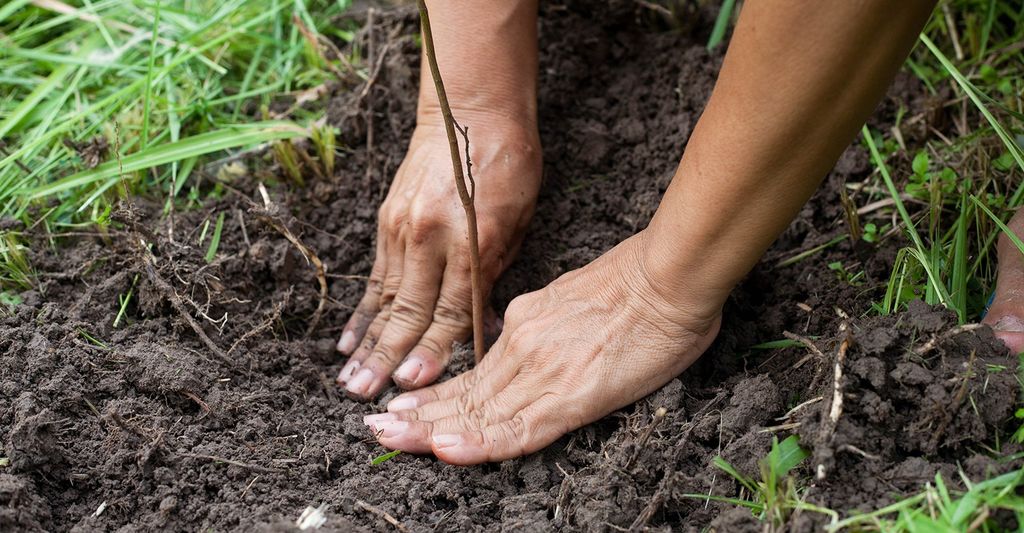How much does it cost to cut a tree down?
When you’re ready to have a tree on your property come down, it’s time to call an arborist. The national average price range for tree-trimming costs is $270-$450. Tree removal costs can vary based on the height, diameter, location and health of the tree, and on whether you want to remove the stump. Height plays a major role in tree removal costs. Small trees, no more than 30 feet tall, are usually thinner in diameter and easier and safer for an arborist to manage. Removal of a small tree can cost anywhere from under $150 to over $450. Removal of medium-height trees, from 30 feet to 60 feet tall, could cost anywhere between $150 and $850 or more. Tall trees, typically 60 feet to 80 feet tall, may start at $500 or cost more than $1,000 to cut down. As the height and diameter increase, so does the cost.
Location is critical, too. Removing a tree in an open space is quicker and presents fewer obstacles than removing a tree that is growing flush to your house. Arborists can assess your tree and provide you with quotes based on the variables involved. For example, removing a medium-size hackberry tree that was growing too close to a home — the roots were damaging the home’s foundation — cost $1,500. This price included rope-down, house protection, tree quartering and stacking, and stump removal.
What is landscaping?
Landscaping is the intentional placement and maintenance of living plants on an area of land or in your yard. This can include trees, lawn, flowers, bushes and other plant life and often incorporates mulch and other organic matter. The primary purpose of landscaping is to provide beauty to the house or building it surrounds.
Many landscaping companies also offer design, architecture and construction services. For example, they can help you design a yard that incorporates a patio, deck, pool, fire pit, lighting, walkways, retaining walls and more.
When is the best time of year to trim trees?
Winter is generally the best time to trim most deciduous trees. In the cold months, trees enter a dormant period and stop growing until springtime. This makes it an ideal time to remove branches, which will sprout new growth in the spring.
However, certain tree species may need to be pruned and trimmed in different seasons. Still, it’s often recommended that you never prune your trees in the fall because fungi tend to spread profusely during this time.
And keep in mind you can remove dead, dying or infected branches at any time of year. You should also remove branches immediately if they’re a safety hazard.
If you’re unsure when you should prune or trim your trees, talk to an expert. Contact the best tree trimming professionals near you today.
Is hiring a landscaper worth it?
A landscaper is worth it if you don't want to invest a significant amount of time and effort into planting, trimming, raking, weeding and performing other operations on your garden or yard. Hiring a landscaper to perform regular maintenance in your yards and complete bigger projects is valuable if you’re looking to sell your house. A professional landscaper can make your house more appealing to potential buyers.
Some landscapers may perform maintenance duties — remove leaves, mow lawns, trim trees and shrubs, etc. — but they can also help you bring bigger projects to life. This may include adding a misting system, an outdoor fireplace, water features, artificial turf, a patio and much more.
Start contacting landscapers near you to get free estimates and start planning your project today.
Is it worth it to hire a professional tree trimming service?
Hiring a professional tree trimming service near you can be worth the cost. This job requires the use of specialized equipment and involves a high degree of risk for inexperienced operators.
Safety is a major reason why you might want to avoid performing this task yourself. Another factor is time. Tree trimming services have their own equipment and tools that allow them to finish the job quickly.
